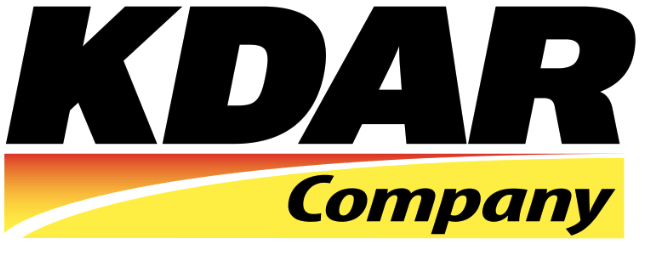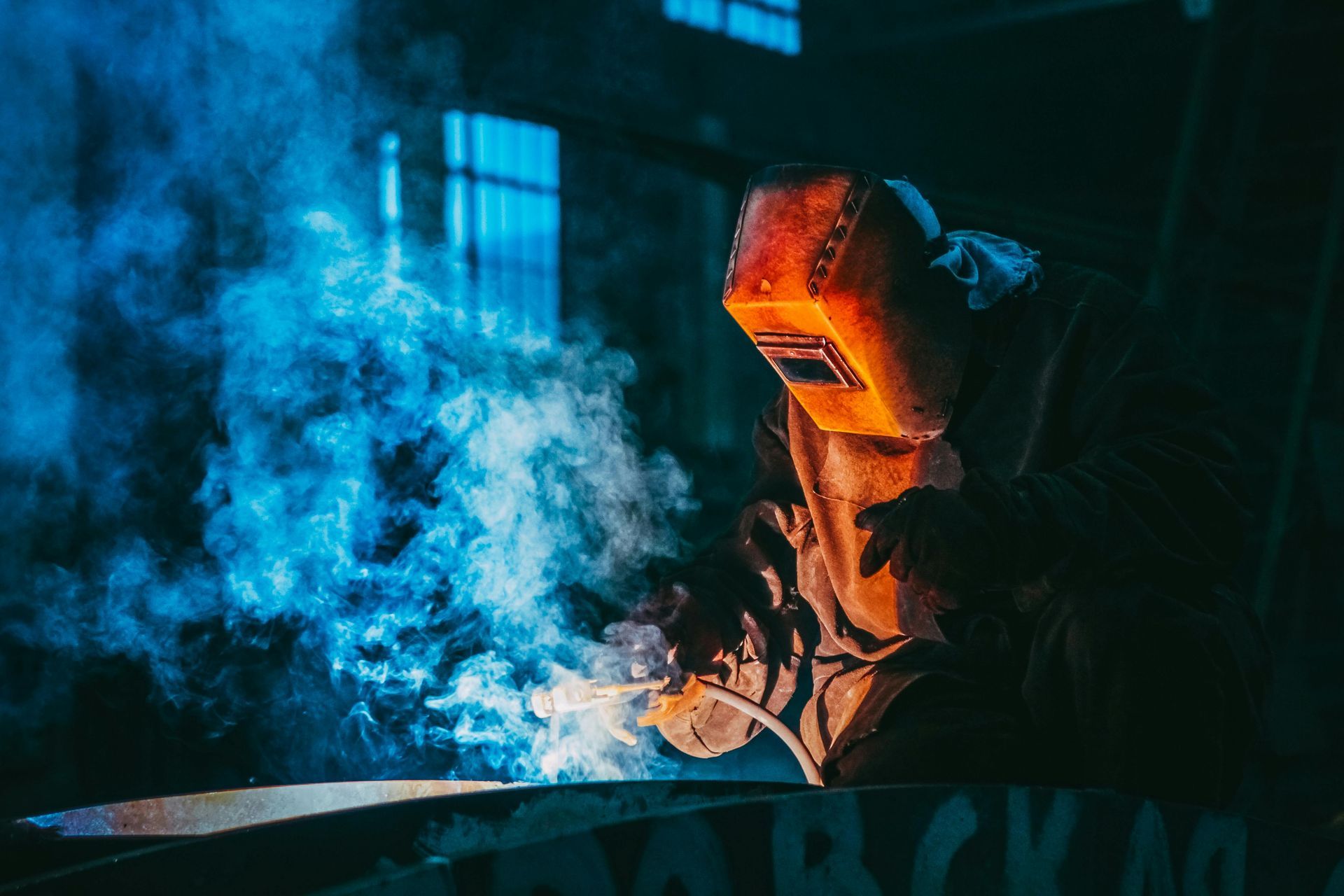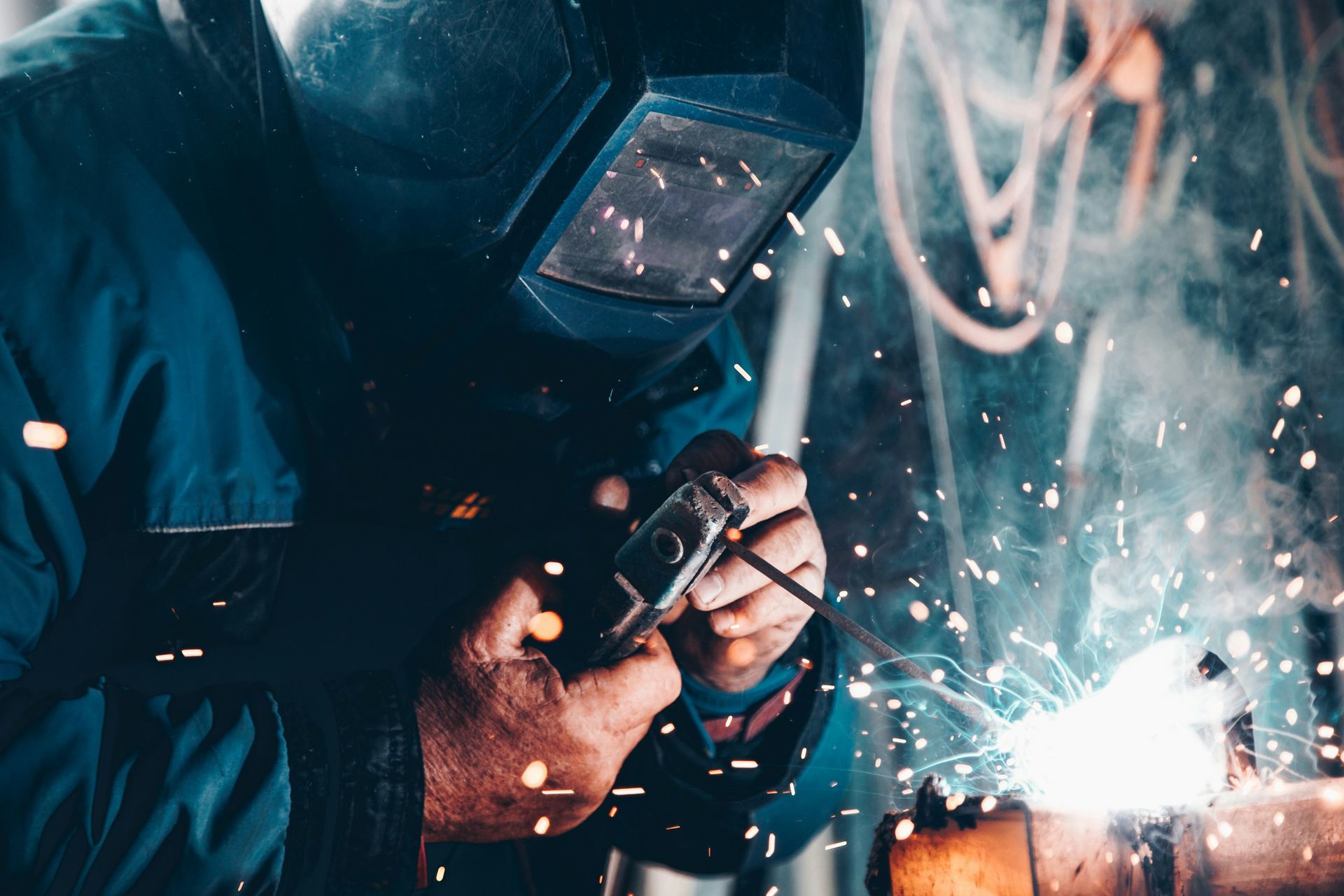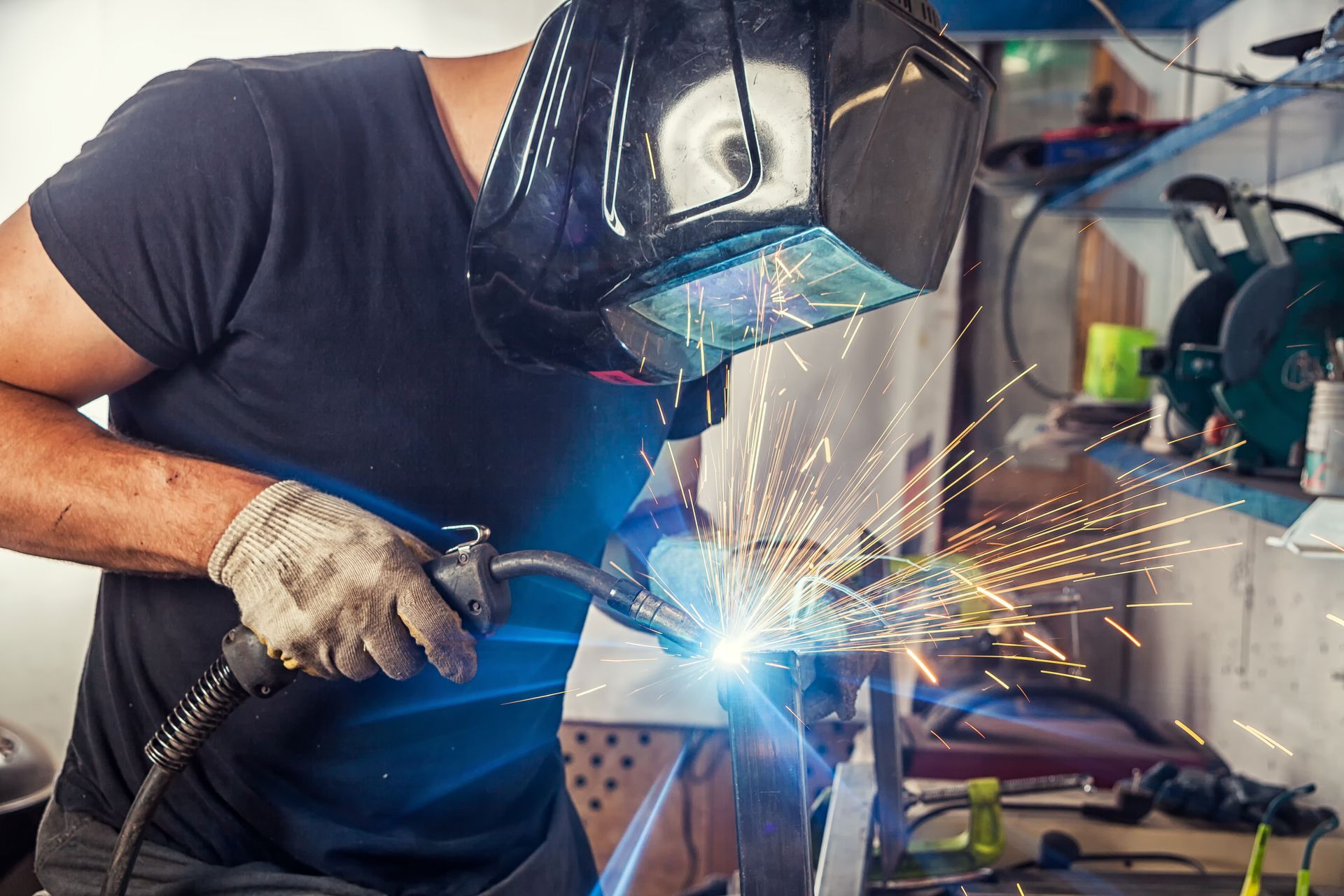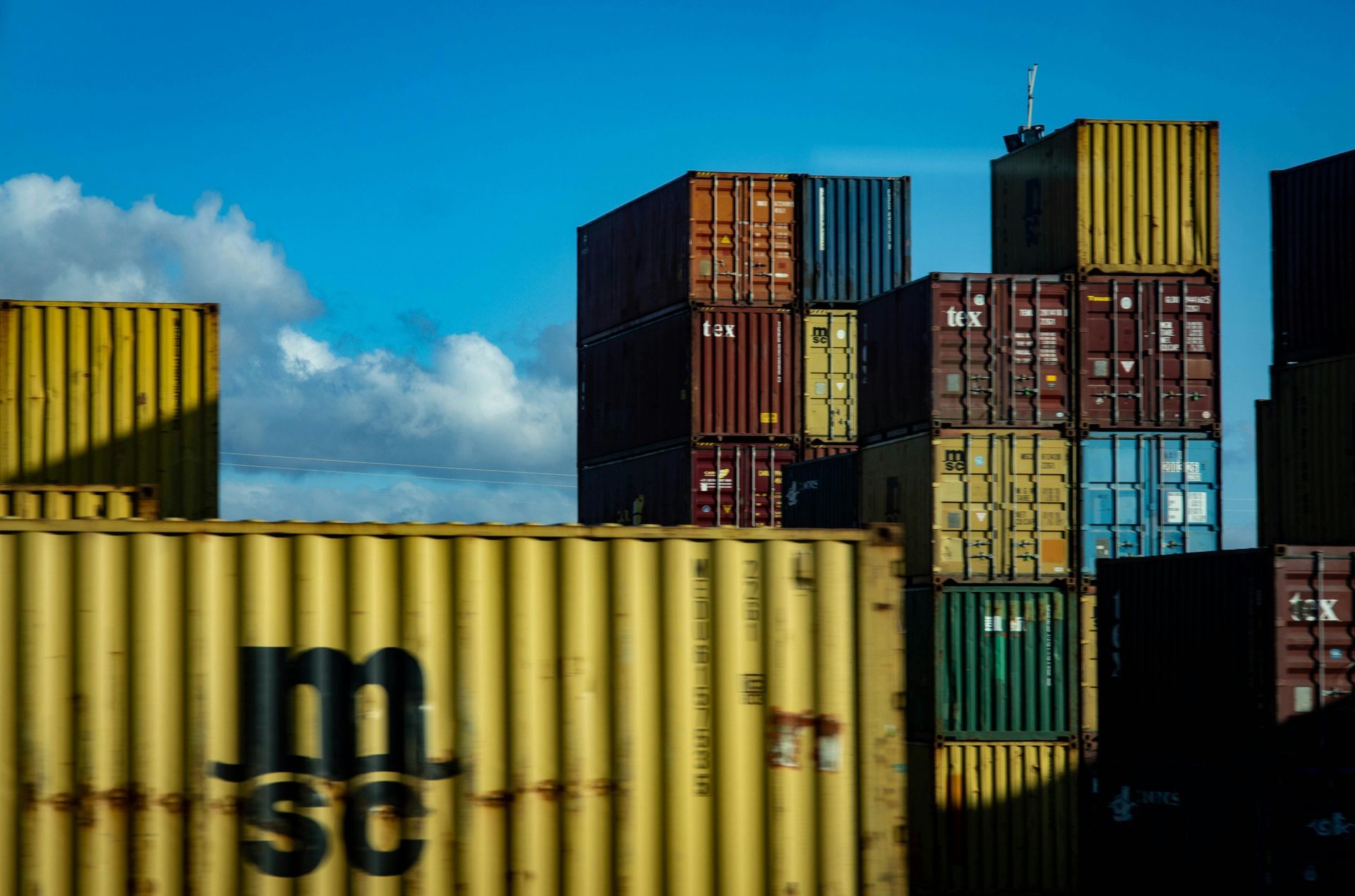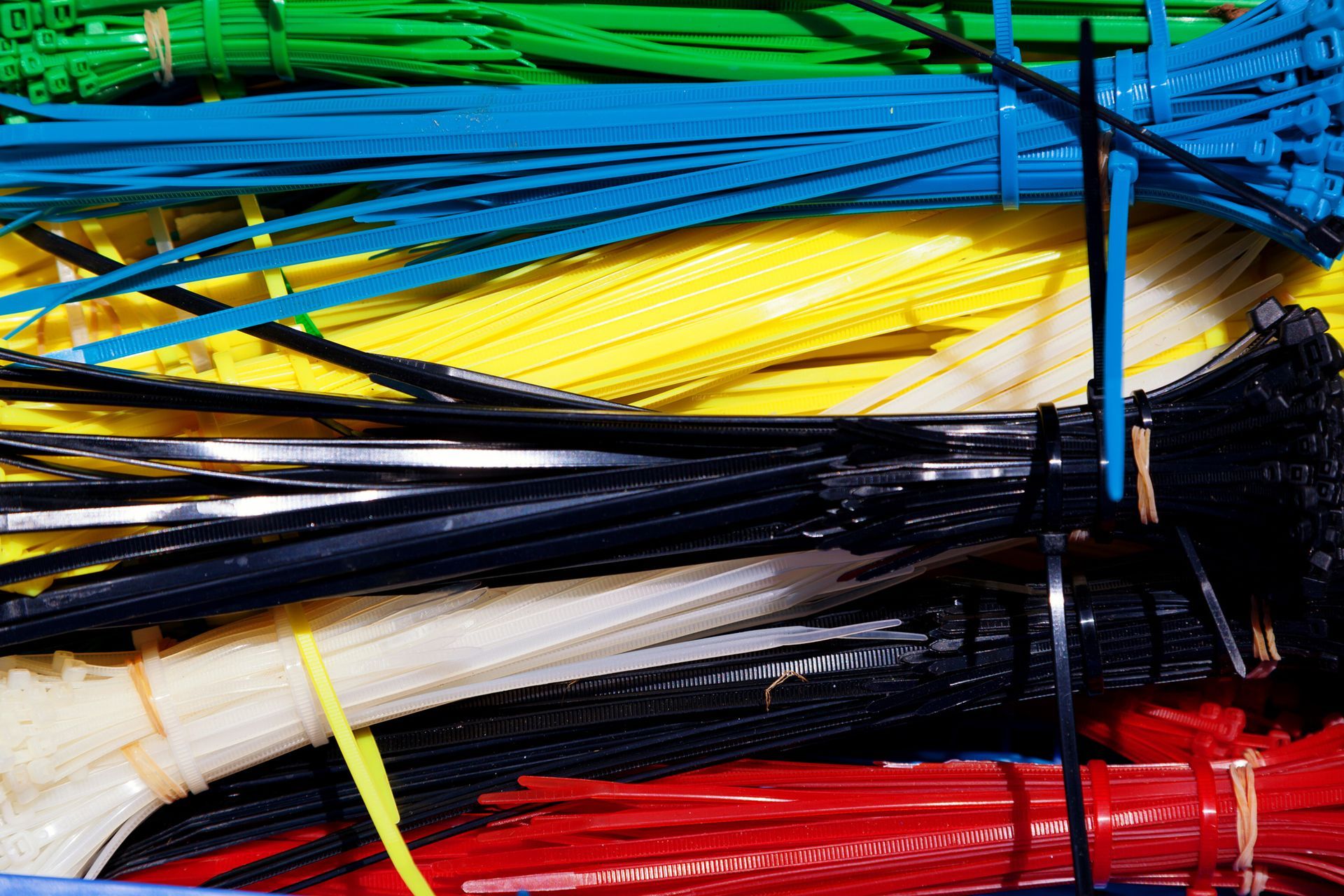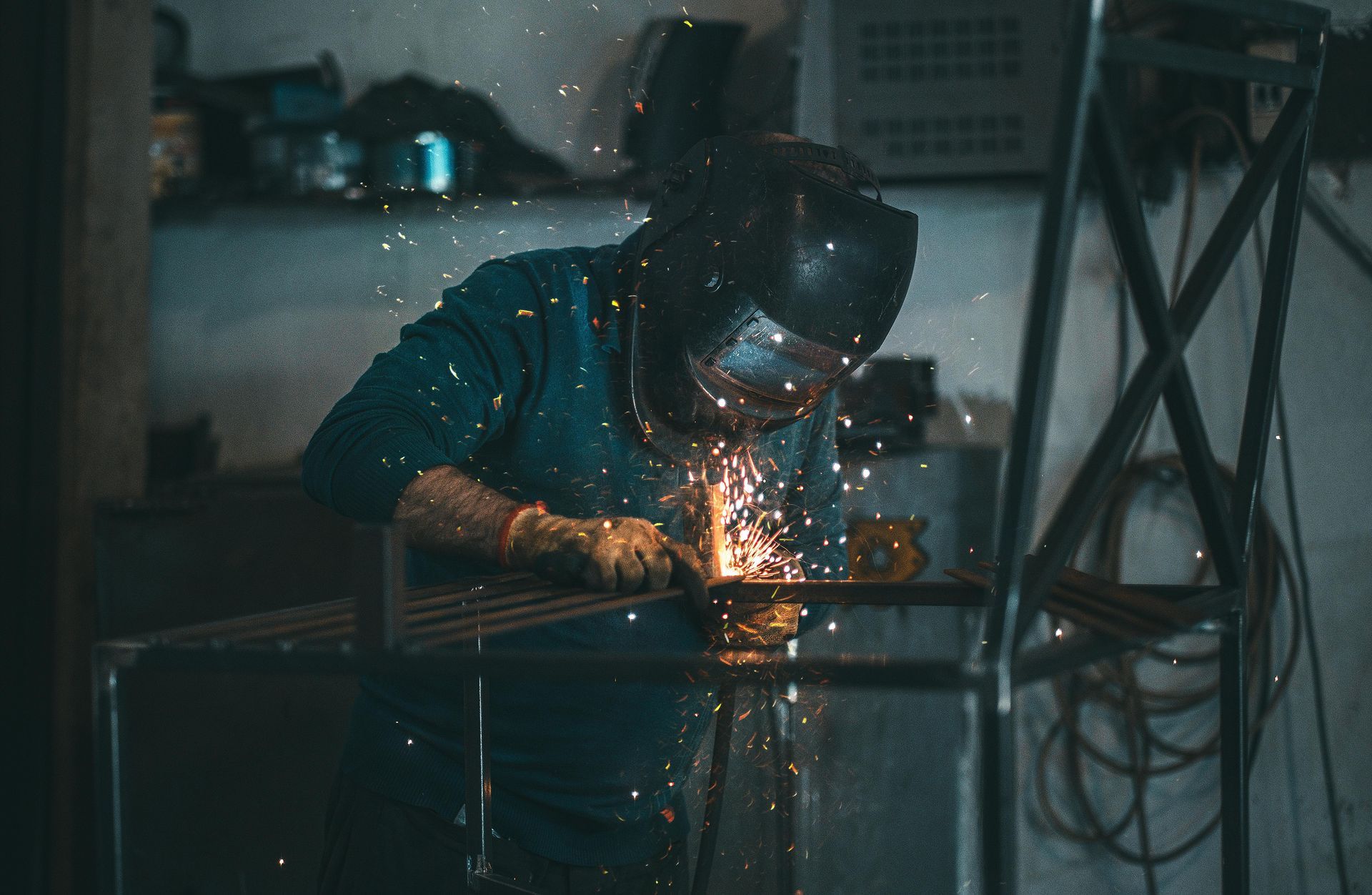Best Welding Practices for Outdoors, Cold, Heat, and Humidity
Not every weld happens in a perfectly controlled shop. Many welders find themselves working outdoors or in challenging environments where the weather can make or break the quality of a weld.
Understanding how these conditions affect the welding process is key to achieving strong, reliable results, whether you are battling freezing temperatures, summer heat, or high humidity.
Here are some best practices and precautions to keep in mind when welding in harsh environments.
Welding in Cold Temperatures
Cold weather can be one of the toughest challenges for welders. Low temperatures make metals more brittle and increase the risk of cracking, particularly in materials with higher carbon content.
The main problem is that cold metal draws heat away from the weld pool, making it harder for proper penetration.
Tips for Welding in the Cold
- Preheat your materials. Warming the metal before welding helps maintain a stable temperature and reduces the chance of cracking. The exact preheat temperature depends on the material, but even a modest increase can make a difference.
- Keep consumables dry and warm. Moisture in electrodes or flux can cause hydrogen-induced cracking. Store them in heated, dry environments and avoid exposing them to the elements.
- Use low-hydrogen electrodes. These help minimize hydrogen absorption and reduce the risk of weld defects in cold conditions.
- Watch for condensation. When warm air hits cold metal, condensation forms quickly. Always dry surfaces completely before striking an arc.
Working in the cold also means thinking about safety. Heavy gloves and protective clothing can limit dexterity, so plan for breaks and warm-up periods to avoid fatigue and frostbite.
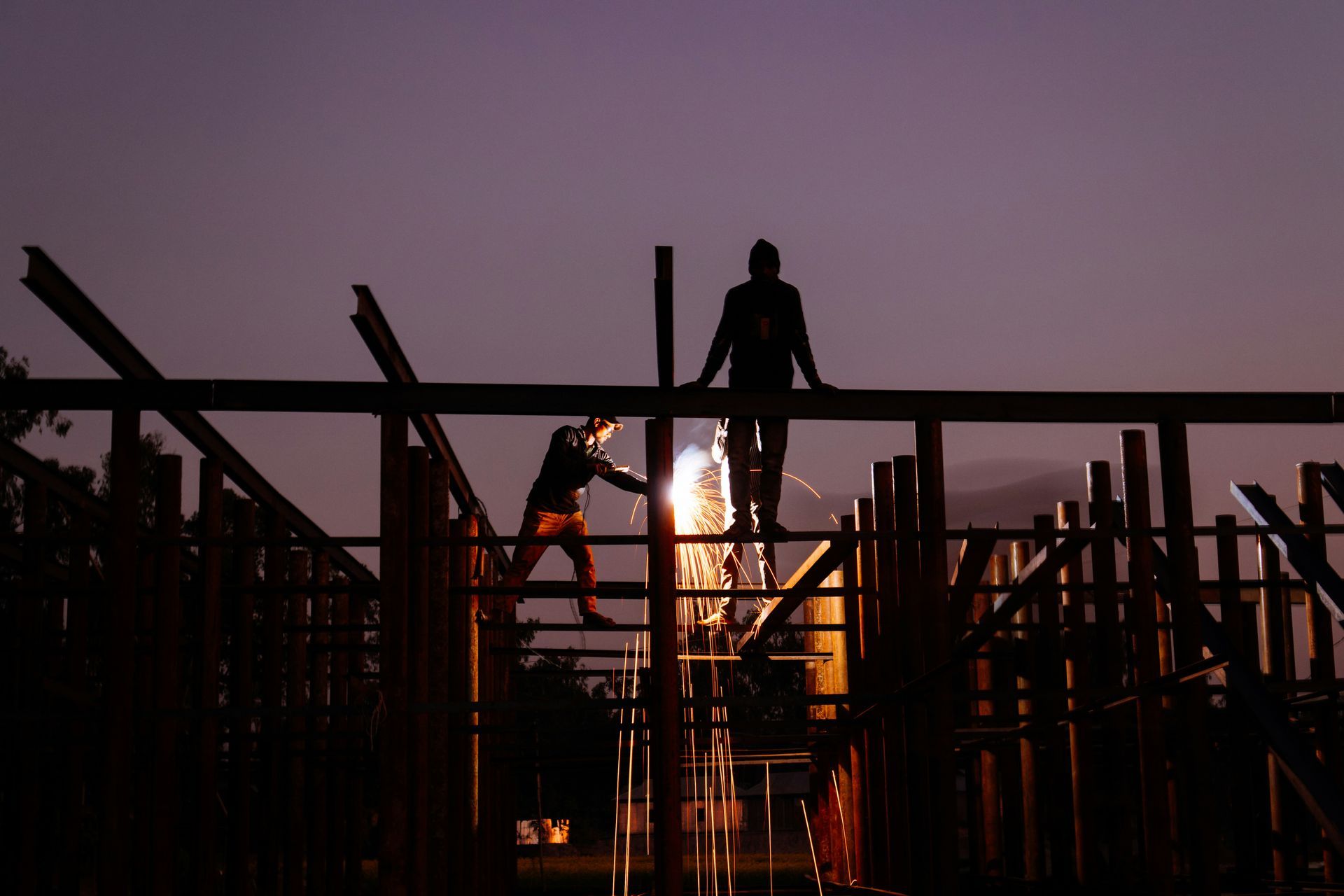
Welding in Hot Weather
At the other end of the spectrum, hot environments present their own set of challenges. High temperatures can affect both the welder and the weld itself.
Excessive heat makes it challenging to maintain consistent weld quality and increases the risk of oxidation, especially on stainless steel and aluminum.
Tips for Welding in the Heat
- Protect your consumables. Heat and humidity can degrade flux coatings and wire spools. Store them in a cool, dry space when not in use.
- Stay hydrated and take breaks. Heat stress is a serious concern. Frequent short breaks in shaded areas help maintain focus and prevent fatigue-related mistakes.
- Use shade or protective screens. Direct sunlight can interfere with visibility, making it harder to see the puddle or joint. A simple shade tarp or portable welding tent can improve accuracy.
- Adjust your settings. You may need to slightly lower the amperage to prevent excessive spatter or distortion in thin materials.
The key in hot weather is to balance productivity with safety. Proper ventilation and hydration are just as important as your welding technique.
Welding in High Humidity
Humidity might not seem as extreme as cold or heat, but it can be equally damaging to weld integrity. Moisture in the air can cause porosity, rust, and hydrogen buildup, leading to weak or inconsistent welds.
Tips for Welding in Humid Conditions
- Keep electrodes and wire dry. Store them in sealed containers with desiccant packs or in an oven designed for electrode storage.
- Clean surfaces thoroughly. Any trace of rust, oil, or moisture can create gas pockets in the weld. Use a wire brush or grinder to clean before welding.
- Increase ventilation. Proper airflow helps remove moisture and fumes from the work area.
- Consider using flux-cored wire. It provides better arc stability and can handle less-than-ideal environmental conditions.
If you are welding outdoors in humid weather, remember that sudden rain or mist can quickly contaminate your materials. Always cover your work area and pause the job if conditions worsen.
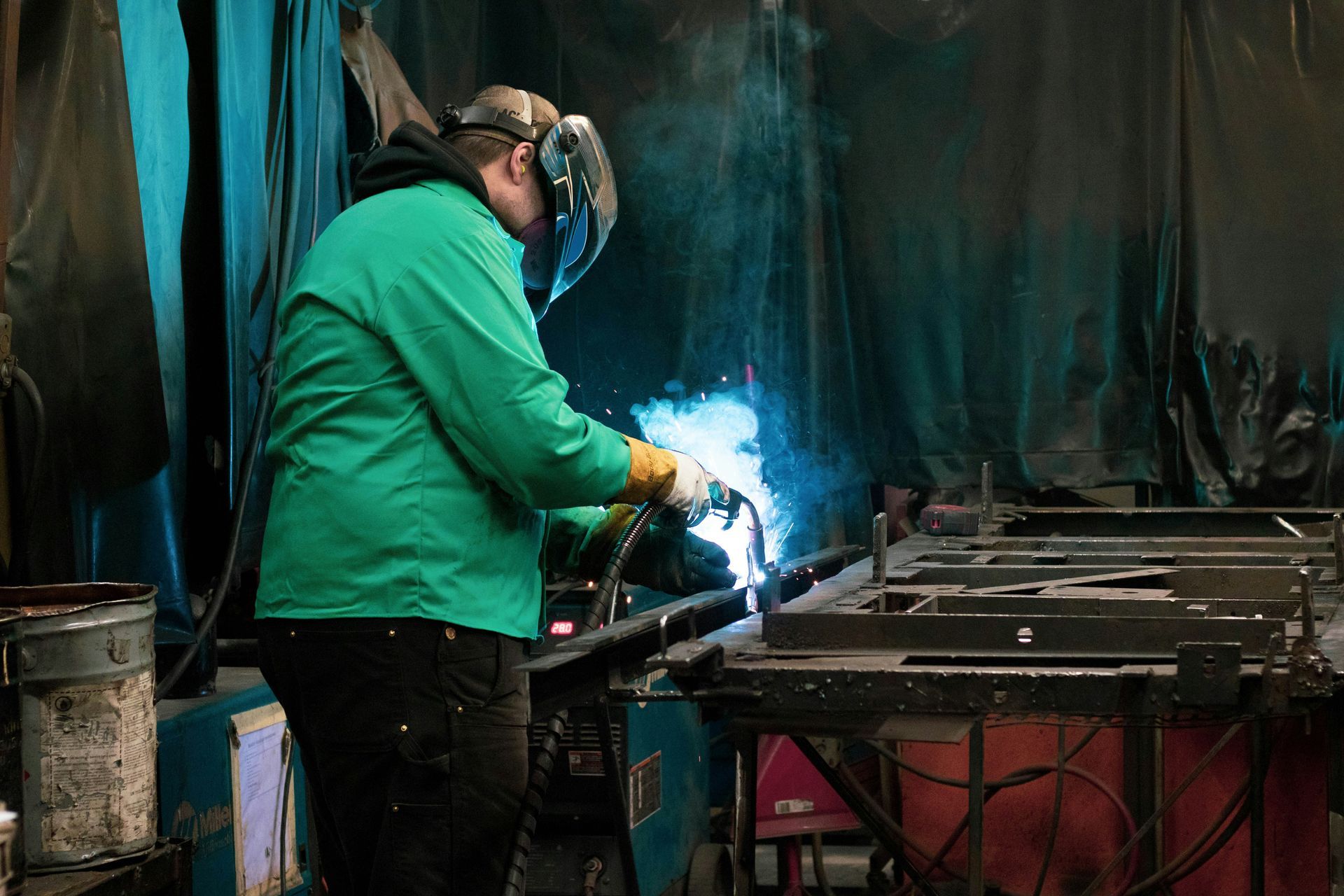
Outdoor Welding Best Practices
Welding outdoors often means facing multiple challenges, such as wind, dust, rain, and temperature swings. Preparation is everything to ensure high-quality welds in these unpredictable conditions.
Key Outdoor Welding Tips
- Choose the right process. Stick welding (SMAW) is typically the most forgiving outdoors because it handles wind and variable conditions better than MIG or TIG.
- Shield your weld. Wind can blow away shielding gas and cause porosity. Use windbreaks, tents, or barriers to protect your work area.
- Inspect equipment often. Outdoor exposure can damage cables, connectors, and power sources, and regular checks help prevent safety hazards.
- Secure your setup. Uneven ground, rain puddles, and high winds all pose risks. Make sure your workspace is stable and dry before starting.
When possible, plan outdoor welds for mild weather conditions or schedule them during cooler times of day to reduce stress on both the welder and the equipment.
Reach Out to KDAR Company
Welding in harsh environments requires more than skill. It demands preparation, adaptability, and a commitment to safety.
By managing temperature, humidity, and environmental exposure, welders can produce consistent, high-quality results no matter where the job takes them.
At KDAR Company, we understand the unique challenges welders face on every project. Our team offers high-quality welding supplies, protective gear, and consumables designed for any condition.
Contact us today to find the right products to keep your work efficient, safe, and precise, even when the weather does not cooperate.
